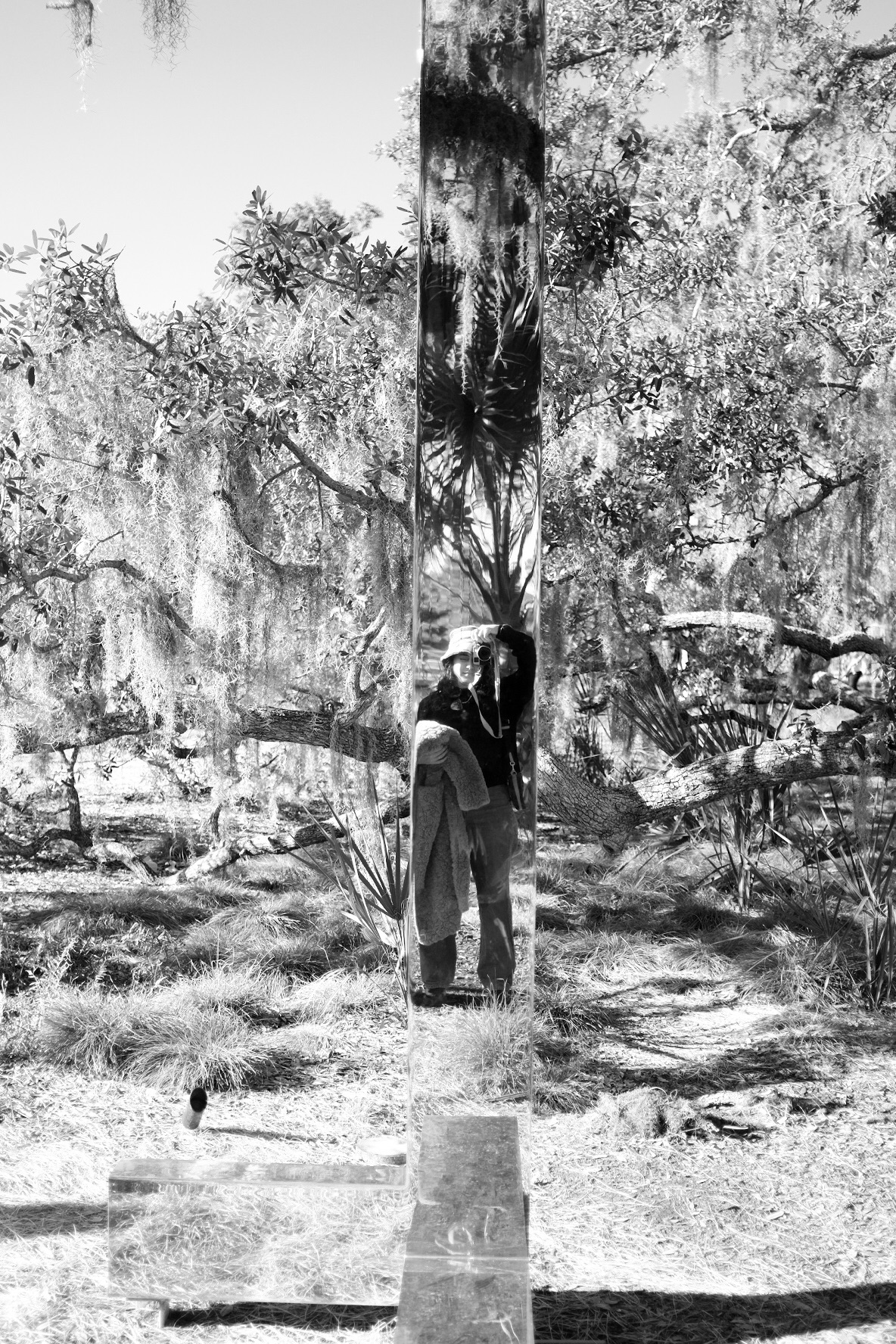Jaqueline Paz is an Atlanta-based multimedia creator blending organic photography, captivating designs, and film artistry to tell compelling stories. Since 2014, she has partnered with businesses to grow their brands through creative strategies, social media, and visual storytelling. Currently pursuing a B.A. in Art at Georgia State University, Jaqueline continues to refine her craft, inspired by nature and life’s authentic moments.
